Destruction of the city and forced displacement of the people of Seyed Sadegh
The city of Seyed Sadeq is located in the western part of Sulaymaniyah Province. It is one of the districts of Sulaymaniyah Province. It is connected to the towns of Penjwin and Sharbazher to the north, Sharazur to the south, Halabja to the east, and Sulaymaniyah to the west.
“The city of Seyed Sadegh and its surrounding villages were a revolutionary area and an important location for Kurdish fighters. On June 9, 1963, the Iraqi government and its regime carried out a massacre in the city, resulting in many deaths and injuries. The injured, along with 75 residents of the city, were arrested and taken to the military base in Hamaieh-Sulaymaniyah, which has now been converted into Freedom Park. People then referred to Hamaieh Sulaymaniyah as the Valley of Death. They were imprisoned and tortured for a long period.”
“During the Ba’ath regime, the people of Seyed Sadegh initiated two collective uprisings. The first occurred on 5/3/1361 and the second on 13/5/1366, with commemorations held to honor the memory of the martyrs. The people once again rose against the Ba’ath regime institutions, leading to the martyrdom of more than 50 individuals.”
“On May 13, 1987, during demonstrations in Halabja, Khormal, and Seyed Sadegh, several citizens from Khormal and surrounding villages were arrested by the repressive forces of the Ba’ath regime, brutally executed by firing squad, and buried near a military base close to Seyed Sadegh. On May 13, 1995, a farmer discovered their bodies in a mass grave while working. They were reburied in Khormal cemetery in a fitting ceremony.
In late March 1988, the Ba’ath regime destroyed the city of Seyed Sadegh, demolishing all homes and leveling them to the ground. The debris from part of the city was moved to the outskirts of the village of Kani Spiyki Perek, remnants of which still exist. According to available data, 54 villages under Seyed Sadegh’s jurisdiction were forcibly displaced. After the destruction of Seyed Sadegh, these villages were also moved to the Nasr and Brayati camps and forcibly resettled there.
“Throughout its history, the city of Seyed Sadegh has repeatedly faced crimes, oppression, and injustice by the Iraqi government. Documents and evidence confirm that all the crimes committed against the residents of this region constitute crimes against humanity and Genocide.
The Case of the Crime Against the City of Seyed Sadegh in the High Criminal Court of Iraq
On March 3, 2009, lawyers and legal experts of Seyed Sadegh, through the General Prosecutor’s Office in Baghdad, filed a complaint against those involved in the destruction, massacre, and forced relocation of the people of Seyed Sadegh to the High Criminal Court of Iraq. Based on Law No. 10 of 2005, Articles 11 and 12 of the Law of the High Criminal Court of Iraq. After reviewing the case of destruction and forced displacement of the residents of Seyed Sadegh on December 26, 2013, the High Criminal Court of Iraq decided and declared the Seyed Sadegh case as Genocide.
“Unfortunately, due to the reduction of powers of the High Criminal Court of Iraq, this judgment has not been referred for final approval to the relevant authorities and has been ignored to date. Justice has not been served in this case, just as it has not been in other cases of crimes.”


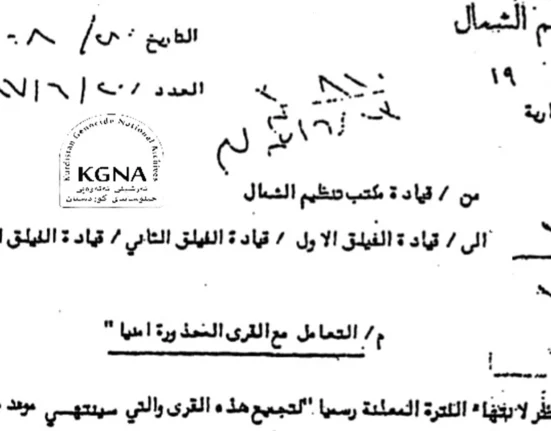

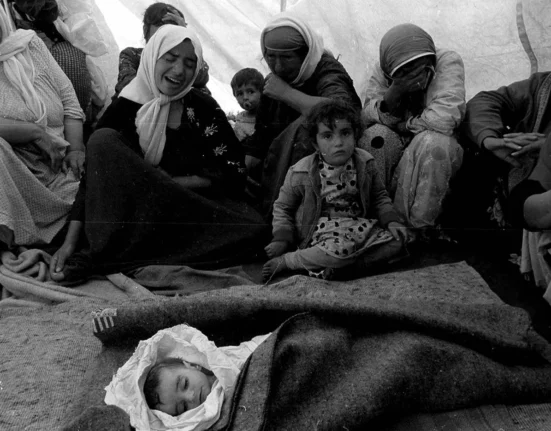

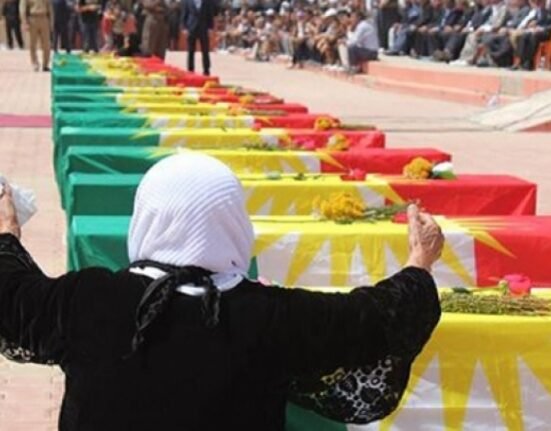
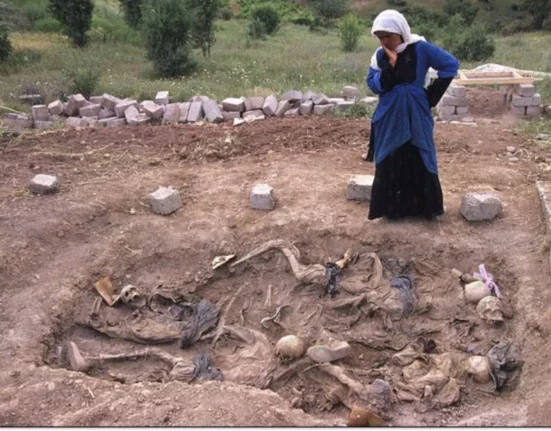
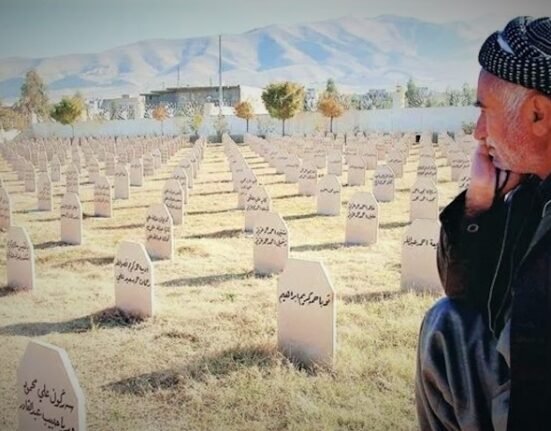

Leave feedback about this